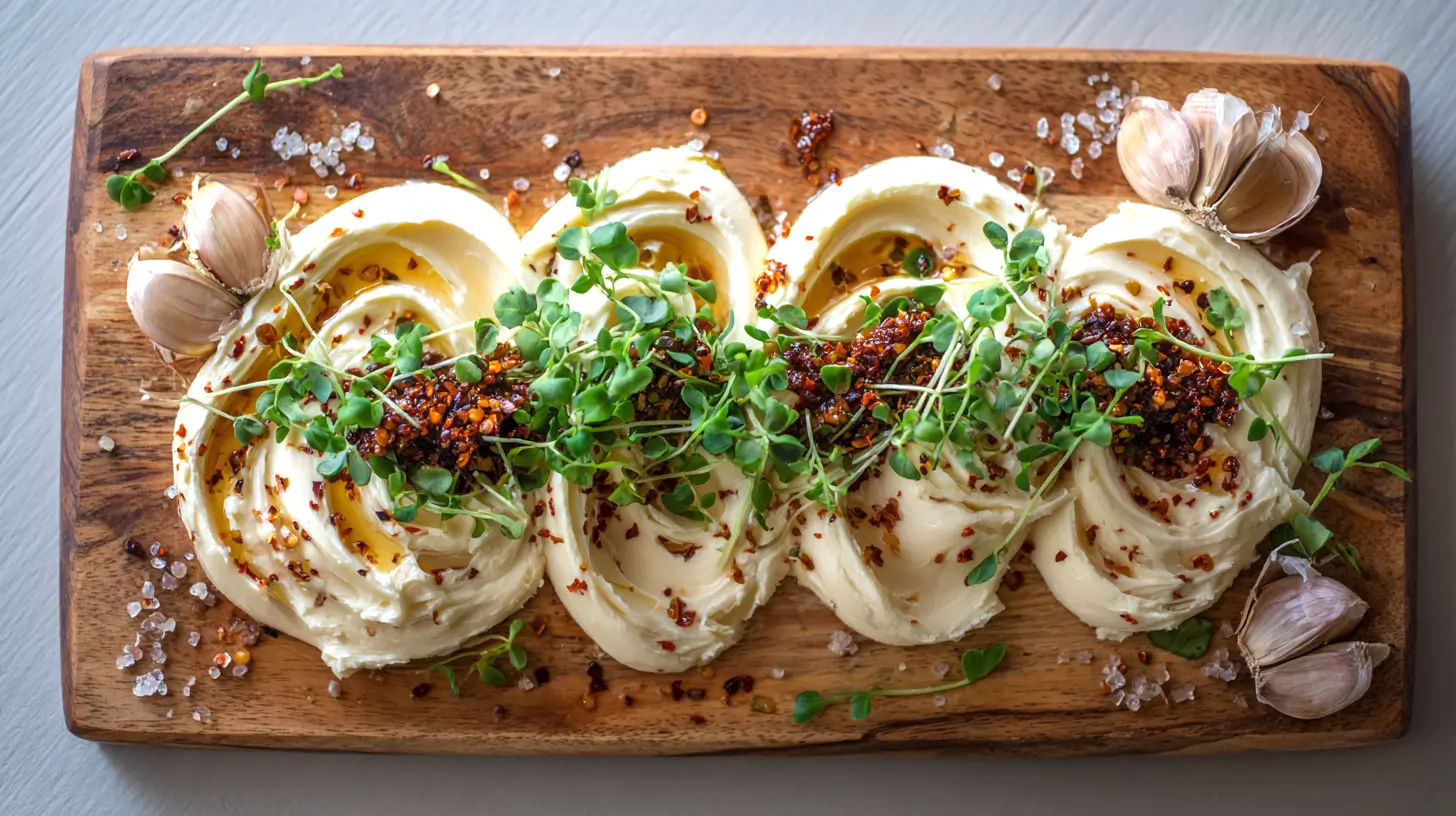Old fashioned cocktail recipes always pop up when people search for simple drinks that still feel impressive. I’ve noticed that many versions online seem complicated for no reason. Some add syrups or sodas that take away from the classic flavor. Others skip the helpful steps that actually change the way the drink tastes. When a recipe leaves out key details, the result feels random instead of balanced.
I love how this cocktail stays calm, even when life feels busy. It never asks for fancy tools or advanced skills. Instead, the drink relies on small choices that make a surprisingly big difference. Sugar, bitters, and bourbon create the entire foundation. Then the ice and the orange peel finish the job. I’ve found that when each step stays intentional, the flavor turns smooth instead of sharp.
I live in Florida, and the heat teaches you quickly that temperature matters. A chilled glass keeps the drink steady instead of watered down. Even the way ice melts feels faster here, which changes dilution more than most people expect. Because of that, I pay attention to the size of the ice cube. A large cube melts slowly and protects the flavor longer.
This post breaks the process down in a way that feels easy to follow. Each section explains one part of the drink without dragging things out. Then, by the time you reach the recipe, you’ll already understand why the steps work. I also include small tweaks that help personalize the drink without changing the original intention. The goal is confidence, not confusion. You’ll know exactly what matters and what does not. Now let’s keep going and build the drink with intention instead of guesswork.
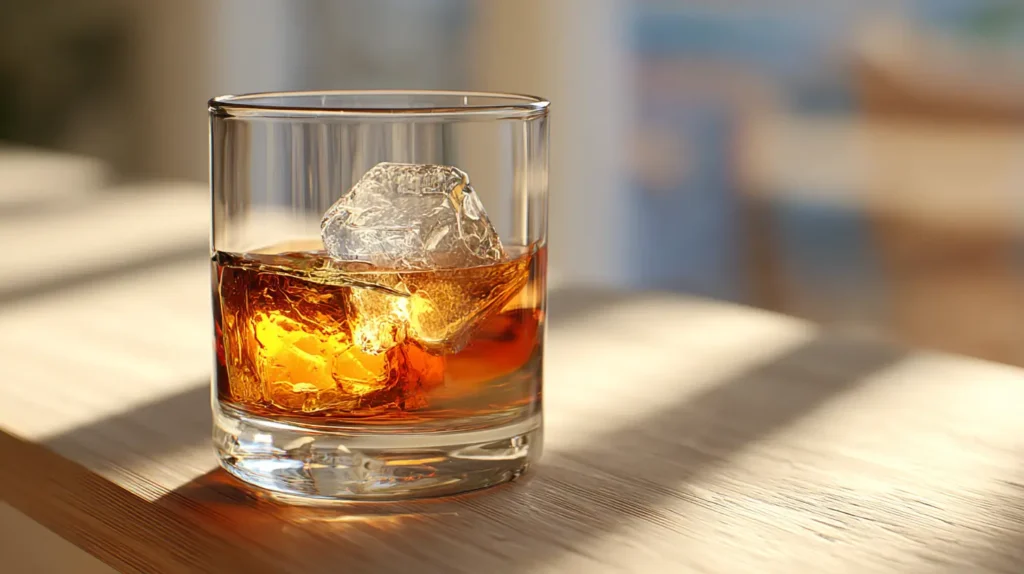
Some of the links on this page are affiliate links, which means that if you click on them and buy something, I might get a small commission. But don’t worry; it never costs you more. You can peek at my full disclosure if you’re curious about the fine print.
What Makes This Recipe for an Old Fashioned Classic Cocktail Work
A good old fashioned looks simple, but simplicity can fool you. Three ingredients look easy to manage. However, each one carries weight in the final flavor. Sugar sweetens the bourbon without overpowering it. Bitters add structure and depth. Bourbon brings warmth and body. When everything lines up, the drink tastes smooth instead of sharp. I’ve found that the drink falls apart when one part takes over.
Also, stirring creates the right texture. Shaking adds air and breaks the smoothness. Even though shaking sounds faster, the result turns cloudy and thin. When you stir instead, the ice melts slowly and cools the drink without watering it down. Because of that, dilution stays controlled. Too much water removes the richness. Too little water keeps the drink harsh.
Several small choices shape the final result:
- Spirit selection
- Sugar type and amount
- Bitters strength
- Ice size
- Stirring time
The spirit sets the tone. Bourbon brings sweetness and vanilla notes. Rye adds spice and energy. Both work well and depend on personal preference. I’ve found that beginners often enjoy bourbon first because it feels softer. However, rye creates a lively version that tastes brighter.
Even so, sugar choices surprise people. A sugar cube looks traditional. Simple syrup dissolves faster and creates a smoother texture. Brown sugar adds depth but can taste heavy when used in large amounts. The goal is gentle sweetness, not dessert.
When looking up old fashioned cocktail recipes, I noticed many skip the ice conversation. Ice matters as much as the bourbon. A large cube melts slowly and protects the balance. Smaller ice breaks down quickly and waters the drink before the last sip. Because of that, using one solid cube works best.
This drink also relies on patience. Stirring for thirty to forty seconds feels long, but the payoff stays noticeable. The drink chills evenly and keeps its clarity. Then the orange peel finishes everything with brightness instead of sweetness.
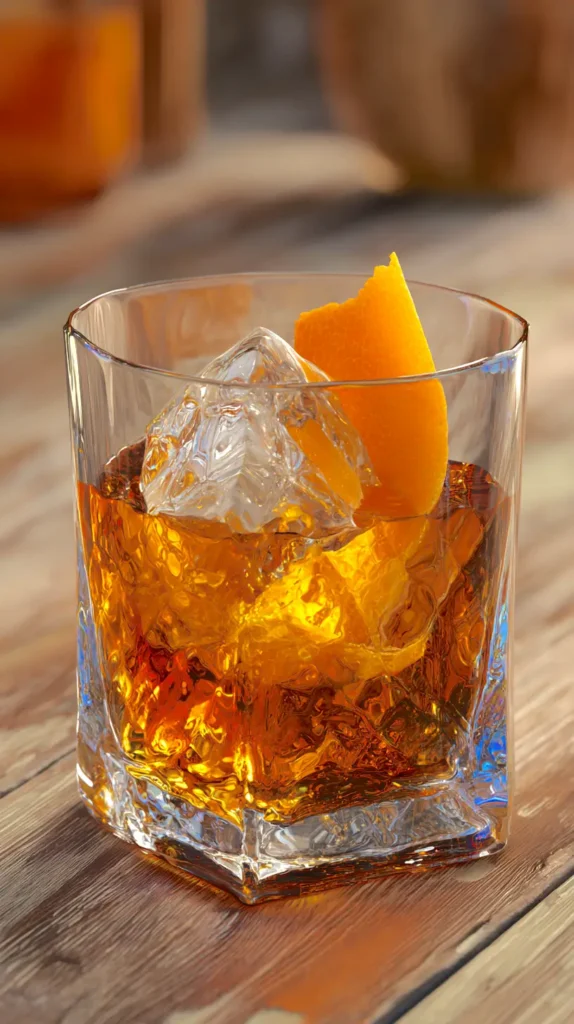
Ingredients That Actually Matter
People often assume this drink requires special supplies. It doesn’t. Everything stays simple, but quality counts. Even though the ingredient list feels short, each part influences the final result more than expected.
Here is what you need for one serving:
- 2 ounces bourbon or rye whiskey
- 1 sugar cube or 1 teaspoon simple syrup
- 2 to 3 dashes Angostura bitters
- 1 large ice cube
- Orange peel for garnish
For simple syrup, use this ratio:
- 1 cup granulated sugar
- 1 cup water
Bring both to a simmer, then stir until dissolved. Cool before using. Store in a sealed container in the refrigerator for up to one month.
Each item above plays a specific role. Bourbon creates warmth and depth. Rye increases spice and energy. Simple syrup blends quickly and prevents graininess. A sugar cube adds a slight texture but takes longer to dissolve. Angostura bitters create balance and add subtle spice.
Also, the garnish does more than decorate the drink. Orange peel releases oils that brighten the cocktail. When you twist the peel over the glass, the fragrance changes the entire experience. Even though the peel doesn’t add sweetness, it lifts the flavor without shifting the recipe.
When searching through old fashioned cocktail recipes online, I noticed that some versions add cherries or muddled oranges. Those ingredients turn the drink into something else. The classic recipe stays clean and focused. The orange peel should never soak in the glass. It only rests on top after releasing the oils.
Quality matters, but perfection is not required. Choose a bourbon you enjoy drinking on its own. If the spirit tastes harsh alone, the cocktail will not fix it. However, the drink smooths edges instead of hiding them. I’ve found that mid-range bottles work best because they offer flavor without wasting money.
Ice remains the final ingredient, even though people overlook it. A large cube keeps the drink cold without melting too quickly. Crushed ice should never be used. It floods the drink and removes structure.
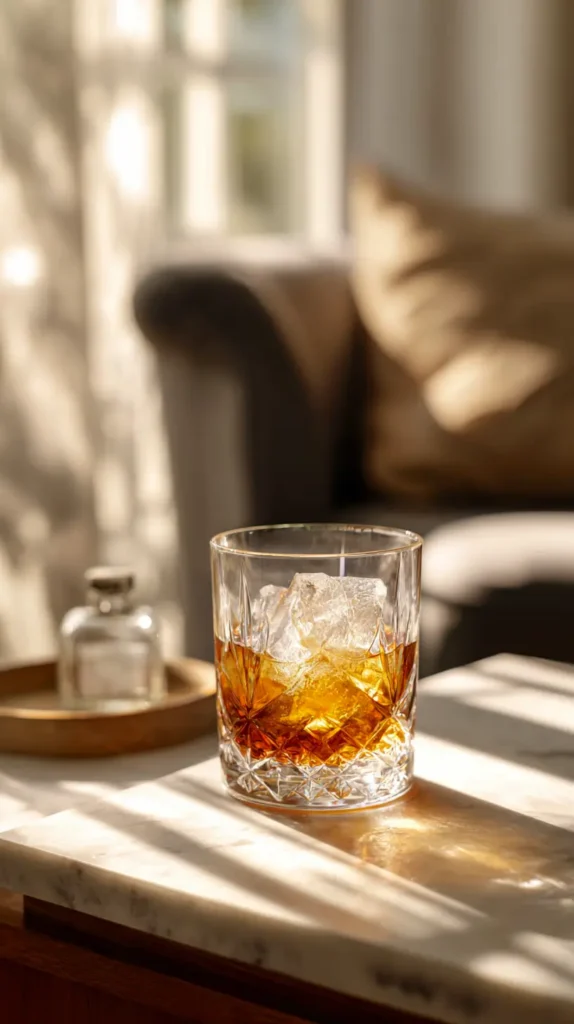
Step-By-Step Instructions to Create Delicious Old Fashioned Cocktail Recipes
Now that you understand the ingredients, the method brings everything together. The steps stay simple, but every part matters. Even tiny changes can shift the flavor, temperature, or texture. Because of that, follow the instructions instead of guessing.
Here is the complete process for one cocktail:
- Place the sugar cube in a short glass.
- Add 2 to 3 dashes of Angostura bitters.
- Pour in 1 teaspoon water if using a sugar cube.
- Muddle gently until the sugar dissolves.
- Add 2 ounces bourbon or rye.
- Place one large ice cube in the glass.
- Stir slowly for 30 to 40 seconds.
- Cut a strip of orange peel.
- Twist the peel over the glass to release oils.
- Rub the peel around the rim.
- Place the peel on top of the drink.
- Serve immediately.
The steps stay short for a reason. Muddling too aggressively makes the drink cloudy. Stirring too fast melts the ice quickly. When everything stays controlled, the drink tastes smooth from start to finish. I’ve found that patience is the most important ingredient.
Even though the recipe looks straightforward, temperature plays a major role. A chilled glass helps keep dilution consistent. Placing the glass in the freezer for ten minutes works well. If that feels inconvenient, fill the glass with ice water while you prepare the ingredients. Then dump the water out before building the drink.
When reading old fashioned cocktail recipes from different sources, I noticed many skip the stirring time. Stirring creates texture and balance. Because of that, guessing rarely works. The drink should never be shaken. Shaking creates foam and weakens the finish.
Taste the drink after stirring. If it feels too strong, stir for ten more seconds. If it tastes weak, shorten the time next round. Small adjustments help personalize the drink without changing the recipe.
The Oil-First Technique That Changes Everything
There is a small shift that makes a surprisingly big impact, and it starts before the drink even enters the glass. Most people twist the orange peel at the end. However, flipping the order transforms the entire experience without changing the recipe. I call it the oil-first technique. It is simple, invisible, and wildly effective because the glass becomes part of the flavor instead of just holding it.
Start by cutting a fresh strip of orange peel before you touch the sugar or the bitters. Hold the peel over an empty chilled glass and twist gently until the surface glistens. The oils coat the inside just enough to perfume the drink from the very first sip. Because of that, the citrus lifts the bourbon without adding sweetness or extra ingredients. The garnish no longer feels like decoration. It becomes structural support.
I’ve found that this method changes the way the drink tastes from start to finish. The aroma hits earlier, and the flavor stays bright even as the ice melts. When you add the ingredients after oiling the glass, the fragrance blends into the drink instead of floating only at the surface. Many people searching old fashioned cocktail recipes never notice how timing affects the final result. The twist usually happens last out of habit, not intention.
This approach also fixes a common problem. Dropping the peel into the drink too early creates bitterness over time. Leaving it out entirely removes the lift. Oiling the glass gives you the benefits without side effects. It also works no matter which spirit you choose.
Even though the step takes only seconds, it feels like a secret upgrade. Nothing looks different, yet everything tastes more polished. The drink stays classic, but the experience becomes fuller and more balanced without changing a single measurement.
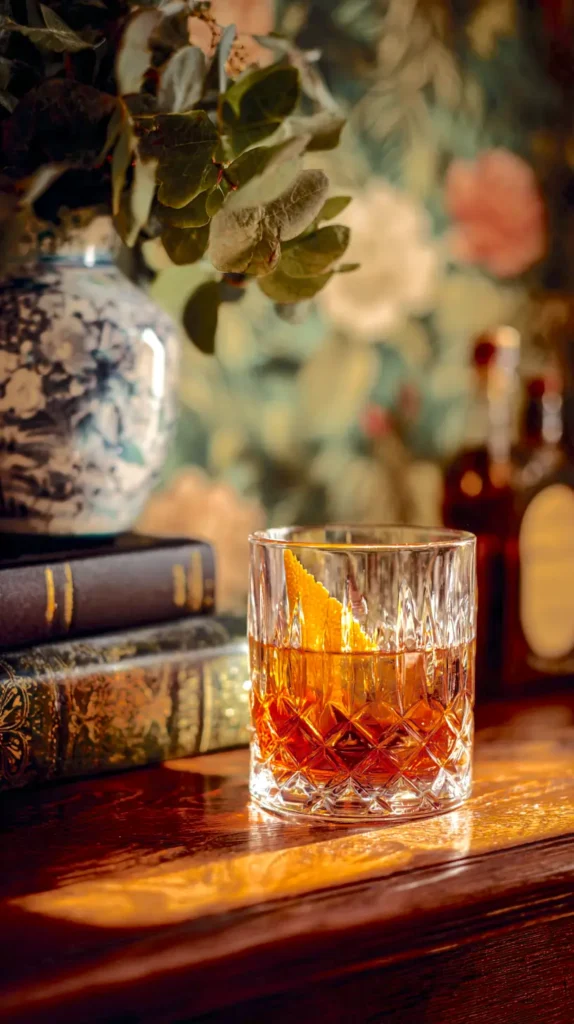
Sweetness, Bitters, And Ice Choices
Each component can shift the profile without altering the core recipe. Sweetness changes fastest. Bitters control depth. Ice affects dilution and temperature. Even so, the drink remains flexible when handled carefully.
Sugar decisions matter. A sugar cube delivers slight texture and slow sweetness. Simple syrup blends instantly and creates a smooth mouthfeel. Brown sugar syrup adds caramel notes but should be used lightly. Too much sweetness hides the bourbon instead of supporting it. I’ve found that one teaspoon simple syrup feels balanced for most people.
Bitters also influence personality. Angostura bitters taste classic and warm. Orange bitters brighten the drink and add a citrus note. Some people mix both for a layered effect. However, using more than three dashes can overpower the base.
Ice size changes everything. A single large cube melts slowly and cools the drink without flooding it. Regular cubes melt faster and reduce flavor strength halfway through. Crushed ice should not be used.
Here are helpful adjustments:
- For a warmer flavor, choose bourbon.
- For a spicier finish, select rye.
- For extra brightness, add one dash orange bitters.
- For a smoother drink, use simple syrup.
- For slower dilution, use a large ice cube.
When browsing old fashioned cocktail recipes online, I realized that many people misunderstand dilution. Dilution does not weaken the drink when controlled. It softens alcohol heat and creates balance. Without water, the drink tastes sharp and unfinished.
Even though these choices seem small, they change the entire experience. Start with the base recipe, then adjust one element at a time. That way, you’ll know what actually made the difference instead of changing several things at once.
The goal stays the same: clarity, balance, and warmth.
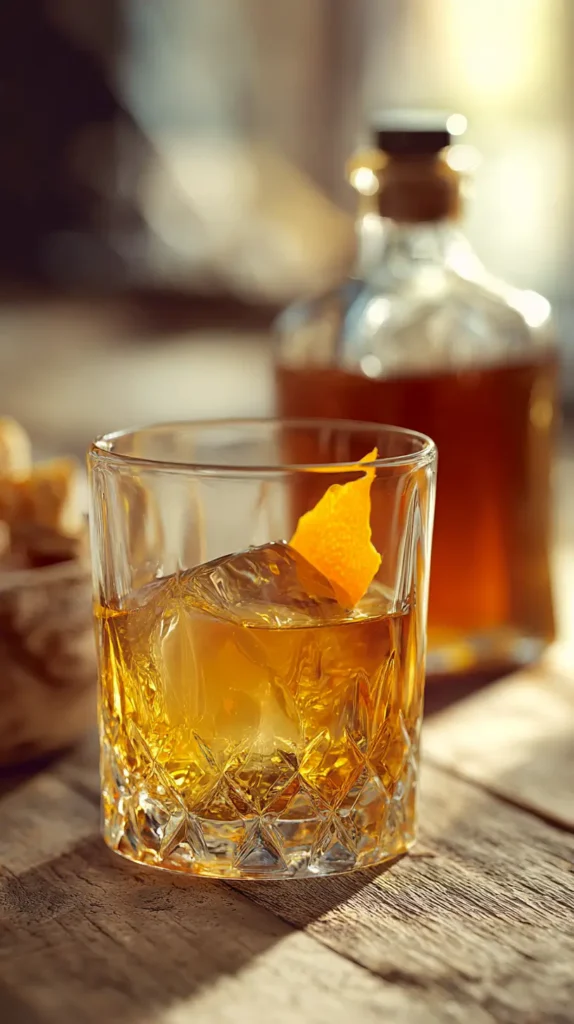
Easy Variations For Different Tastes
Once you feel comfortable with the classic build, small flavor shifts can make the drink feel new without losing structure. These options stay close to the original and avoid turning the drink into something else.
Try these ideas:
- Swap bourbon for rye to create a spicier version.
- Add one dash orange bitters for citrus brightness.
- Use maple syrup instead of simple syrup for a cozy finish.
- Add one brandied cherry on top without muddling.
- Smoke the glass lightly for a deeper aroma.
- Use a lemon peel instead of orange for a lighter profile.
Each variation adjusts one element without overwhelming the drink. Even though maple syrup sounds heavy, using only half a teaspoon keeps it balanced. Smoked glasses look dramatic but only affect aroma, not sweetness.
When checking old fashioned cocktail recipes, I noticed that some versions add muddled fruit or multiple syrups. Those choices shift the drink away from the original. A variation should respect the structure, not replace it.
Here is a maple version that stays simple:
- 2 ounces bourbon
- 1/2 teaspoon maple syrup
- 2 dashes Angostura bitters
- 1 large ice cube
- Orange peel for garnish
Stir for 30 to 40 seconds, then serve. The flavor stays familiar but slightly rounder.
Even so, not every variation needs sweetness. Rye with orange bitters creates a bright and spicy version. It tastes lively without sugar changes. I’ve found that people who usually think the drink feels heavy enjoy this combination.
Start with the original recipe first. Then explore slowly. Changing one part at a time protects balance and helps you learn what you actually enjoy.
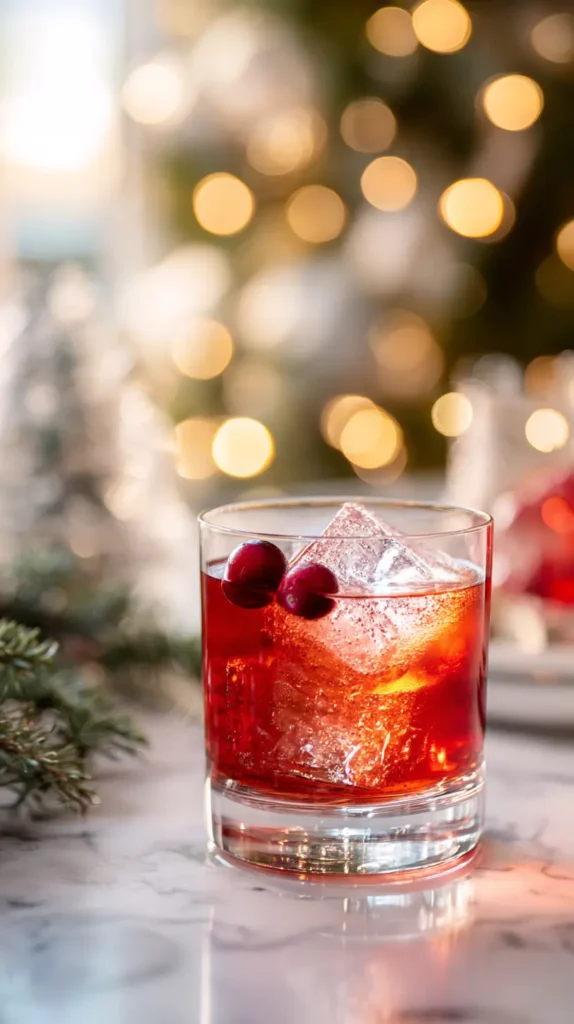
Cranberry Ember Old Fashioned
Holiday cocktails often lean sugary, but this version keeps things clean and grown-up. It tastes like winter without turning into a punch bowl situation. The structure stays the same, yet the flavor gets a gentle seasonal lift that feels intentional instead of flashy. I’ve found that a small swap creates all the holiday charm people want without crowding the bourbon. When I searched through old fashioned cocktail recipes for Christmas ideas, most added heavy flavors that covered everything up. This one protects the classic build and delivers warmth, brightness, and balance in one smooth sip.
Here is how to make one Cranberry Ember Old Fashioned:
- Add 2 ounces bourbon to a chilled short glass.
- Pour in 1 teaspoon cranberry spice syrup.
- Add 2 to 3 dashes Angostura bitters.
- Place one large ice cube into the glass.
- Stir slowly for 30 to 40 seconds until chilled.
- Twist an orange peel over the top to release oils.
- Rest one fresh or frozen cranberry on the surface.
- Serve immediately without shaking.
Make the cranberry spice syrup by simmering:
- 1 cup cranberry juice
- 1 cup granulated sugar
- 1 very small pinch cinnamon
Heat the mixture until the sugar dissolves. Cool completely before using so the syrup blends smoothly. Store in a sealed container in the refrigerator for up to two weeks.
Even though the syrup sounds bold, the flavor stays surprisingly subtle. The cranberry adds tartness instead of sweetness, and the cinnamon sits in the background like a quiet hint rather than a holiday candle. The orange peel keeps everything bright, and the single cranberry garnish floats like a tiny ornament without changing the drink over time. This variation fits cold nights, party trays, and quiet evenings because the balance stays steady from the first sip to the last. It feels festive without shouting, which makes it even better.
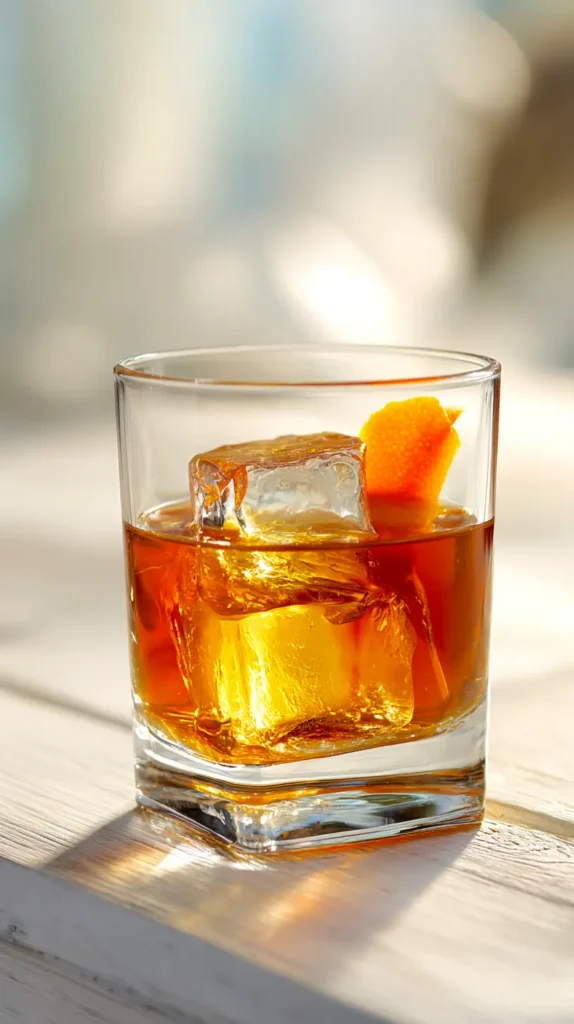
Common Mistakes And Simple Fixes
Most issues come from rushing or adding too many extras. The drink feels simple, but the details matter. Luckily, every mistake has an easy fix.
Here are common problems and solutions:
- Too sweet: Use less syrup or switch to a sugar cube.
- Too strong: Stir longer to increase dilution.
- Watery flavor: Use a larger ice cube and stir more gently.
- Cloudy drink: Avoid shaking and muddle lightly.
- Bitter overload: Reduce bitters to two dashes.
Even though these issues seem small, the corrections work quickly. I’ve found that stirring time solves most problems. When the drink tastes sharp, more dilution usually helps. When the drink tastes flat, less dilution keeps flavor intact.
Glass temperature also matters. A warm glass melts ice immediately. Chill the glass before building the drink. If that feels inconvenient, fill the glass with ice water for five minutes. Then dump the water before adding ingredients.
While searching different old fashioned cocktail recipes online, I realized that many people skip the garnish step. The orange peel looks decorative, but it adds aroma that changes the drink noticeably. Twisting the peel releases oils that float on the surface. Rubbing it along the rim increases brightness with every sip.
Do not drop the peel into the drink early. It can create bitterness over time. Resting it on top works best.
Small habits make the drink feel professional:
- Use clear ice when possible.
- Measure instead of guessing.
- Stir longer than you think.
- Keep ingredients simple.
The drink rewards restraint. Less truly becomes more here.

Classic Old Fashioned Cocktail
InsiderMama.comIngredients
- 2 ounces bourbon or rye whiskey
- 1 sugar cube or 1 teaspoon simple syrup
- 2 to 3 dashes Angostura bitters
- 1 teaspoon water if using a sugar cube
- 1 large ice cube
- 1 strip of fresh orange peel for garnish
Instructions
- Place the sugar cube in a short glass.
- Add 2 to 3 dashes of Angostura bitters.
- Pour in 1 teaspoon water if using a sugar cube.
- Muddle gently until the sugar dissolves.
- Add 2 ounces bourbon or rye whiskey.
- Place one large ice cube into the glass.
- Stir slowly for 30 to 40 seconds until chilled.
- Cut a strip of orange peel.
- Twist the peel over the glass to release oils.
- Rub the peel along the rim of the glass.
- Rest the peel on top of the drink.
- Serve immediately.
My Final Thoughts on Old Fashioned Cocktail Recipes
Making this cocktail feels like a reminder that simple things can still feel special. The steps stay calm, the ingredients stay basic, and the result always feels intentional. I love how the drink never rushes you. Instead, it works best when you slow down and pay attention to the tiny details that most people ignore. I’ve found that the experience becomes just as enjoyable as the final sip.
Living in Florida means ice melts fast, so I notice dilution sooner than most people. A chilled glass and a large cube make a huge difference here. Even though the weather stays warm most of the year, this drink still fits every season. It feels cozy when the air cools down and refreshing when the heat refuses to leave.
The more I explored old fashioned cocktail recipes across different sources, the more I realized that people often overcomplicate a drink that never asked for extra help. Keeping things simple creates the best result. Sugar, bitters, bourbon, and patience do all the work. Everything else becomes noise.
If you share your drink on Pinterest, you’ll notice that people love seeing classic recipes that stay approachable. The beauty of this cocktail comes from confidence rather than decoration. Once you understand how small decisions shape flavor, you can recreate it anytime without guessing.
Now you know what actually matters and what doesn’t. You have the full recipe, the method, the variations, and the fixes. All that’s left is to grab a glass, add a single cube, and stir with intention instead of rushing. The reward feels immediate and steady. Enjoy every sip.



